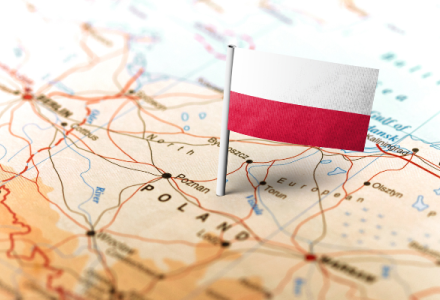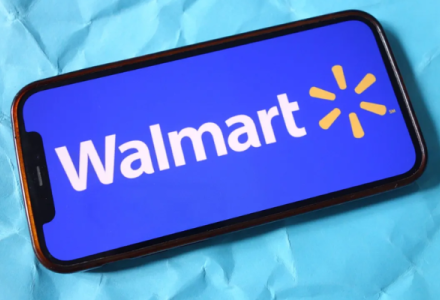The Sales Channel Spillover: Cannibalisation or Incremental?
Lately, I’ve noticed more and more posts on Instagram talking about the overlap between sales channels — both from US and European perspectives. Platforms like TikTok and social media in general are creating huge crossover effects and having a big impact on Amazon sales. It’s sparked an important question for many brands: are these sales truly incremental, or are they just shifting from one channel to another?
There’s always a risk of cannibalisation, especially when Amazon is involved. According to Internet Retailing, 70% of UK Amazon users say it’s the first place they go online, and 51% assume it’s the cheapest. That behaviour will probably hurt DTC sales to some extent. But it’s also a big signal — brands need to think carefully about how they diversify their product ranges and give customers a clear reason to buy directly.
Price is part of the story, but with Amazon monitoring prices across the web, it’s hard to stand out purely on that front. Brands need to be smarter. Offering the most exclusive or newest range of your products on your DTC site is often a simple but effective approach. While Amazon might have exclusivity for certain products in its own right and potentially deprecate others, this strategy could help limit price-matching issues.
A more advanced method is to use loyalty programs, where customers get something extra — a small perk, added benefit or future discount that encourages them to come back. Every brand will face different challenges when shaping this strategy, but the goal is the same: give the consumer a reason to return.
There are, however, huge upsides and likely incremental opportunities. According to Mintel, Amazon is used by 91% of UK online shoppers, meaning your potential customers almost certainly use the site. The fact that people often prefer to search Amazon first means that if your brand isn’t there, a competitor will likely sweep up those potential sales — or a 3P seller might start listing your product on your behalf.
And that’s where things get messy. Relying on a 3P to represent your brand is risky — they may not tell your story properly, and the customer could end up with a poor experience. The best approach is to own your brand presence on Amazon. That way, you’re in control of how your products are presented and how your brand is perceived.
Being visible on Amazon is also a great way to capture a first-time customer who’s never tried your brand before. If they love the product and the experience is handled well, that first purchase can turn into a long-term relationship. Finding ways to bring that shopper back — ideally to your DTC site — helps you own the experience and build loyalty.
Social channels have long been used to drive brand awareness and engagement, and the spillover into ecommerce channels is huge. According to TikTok Newsroom, 56% of UK users have purchased directly via social platforms, a massive shift that shows consumers no longer need to leave the app to buy.
Despite this shift, we’ve also seen a recent post from Warren Jolley (CEO of AdQuadrant), who said:
“According to the latest TikTok Incrementality Report from WorkMagic, 1 in 3 TikTok-driven purchases happens on Amazon — not on a brand’s Shopify store or TikTok Shop.”
That perfectly highlights the cross pollination between platforms and how consumer behaviour now flows freely between social and retail environments.
When building your channel strategy, the key questions to ask are:
Is there enough traffic on this platform to make it worthwhile for my business?
Is my target audience shopping there?
If the answer is “yes” to both, that platform should at least be on your radar.
If you need help assessing which products to launch on a particular platform, or whether a social channel is right for your brand, get in touch today — we’d love to help you find the right mix.



